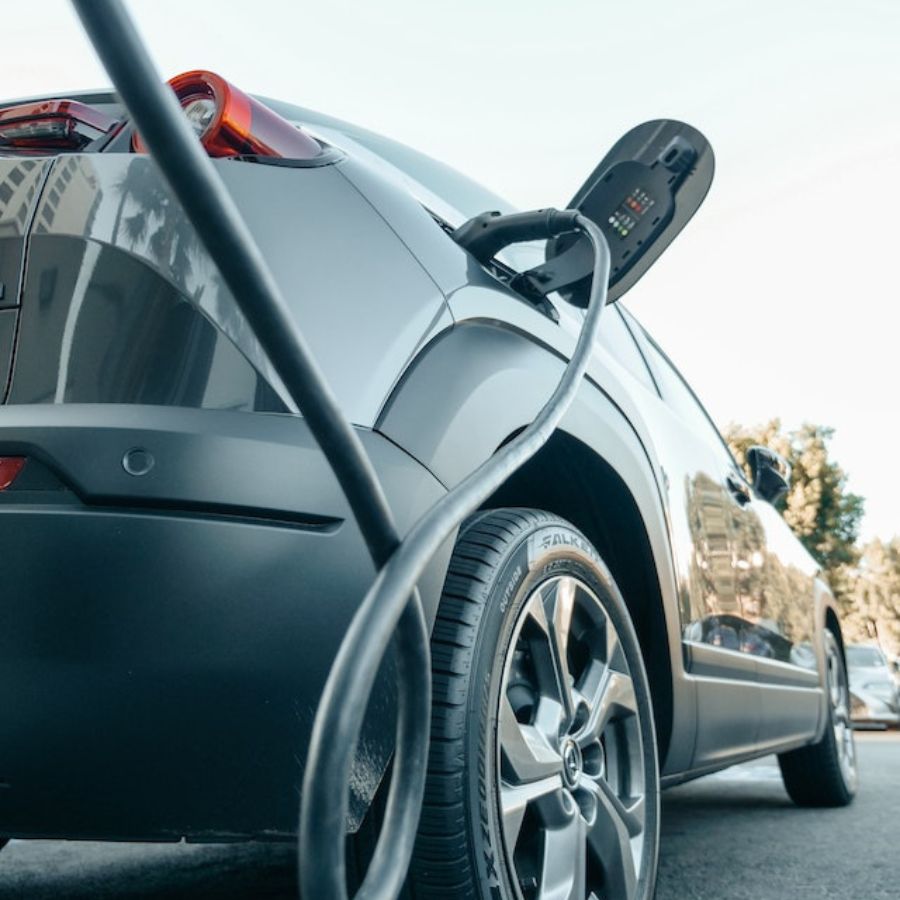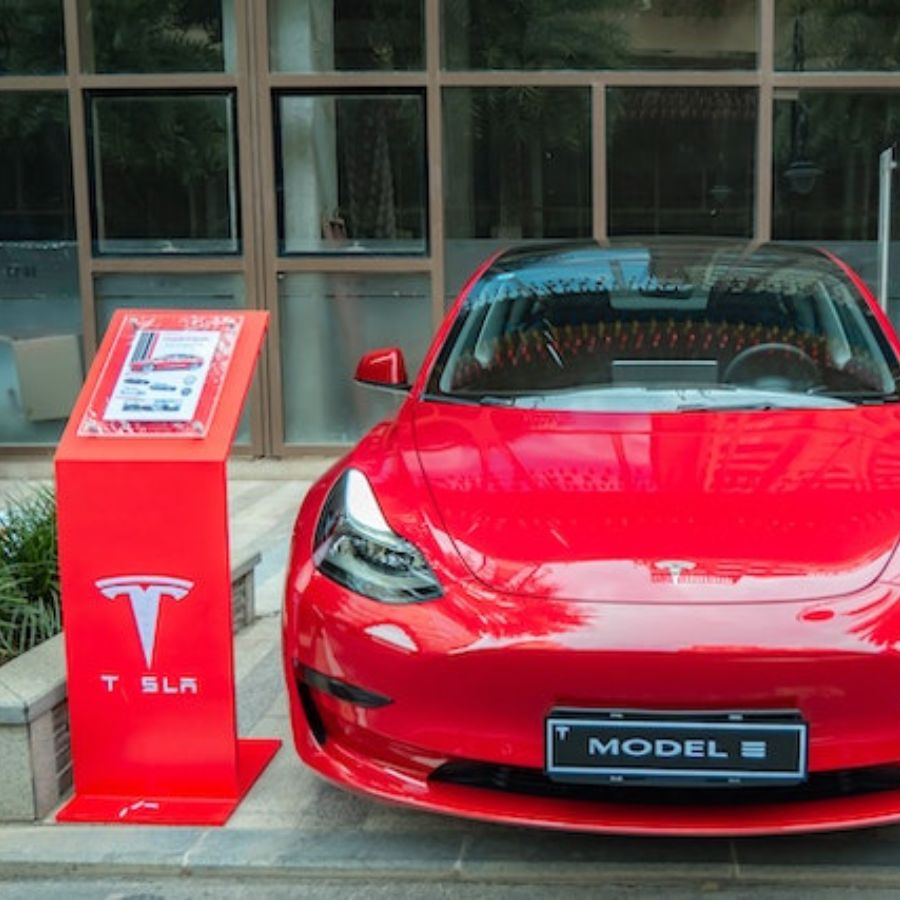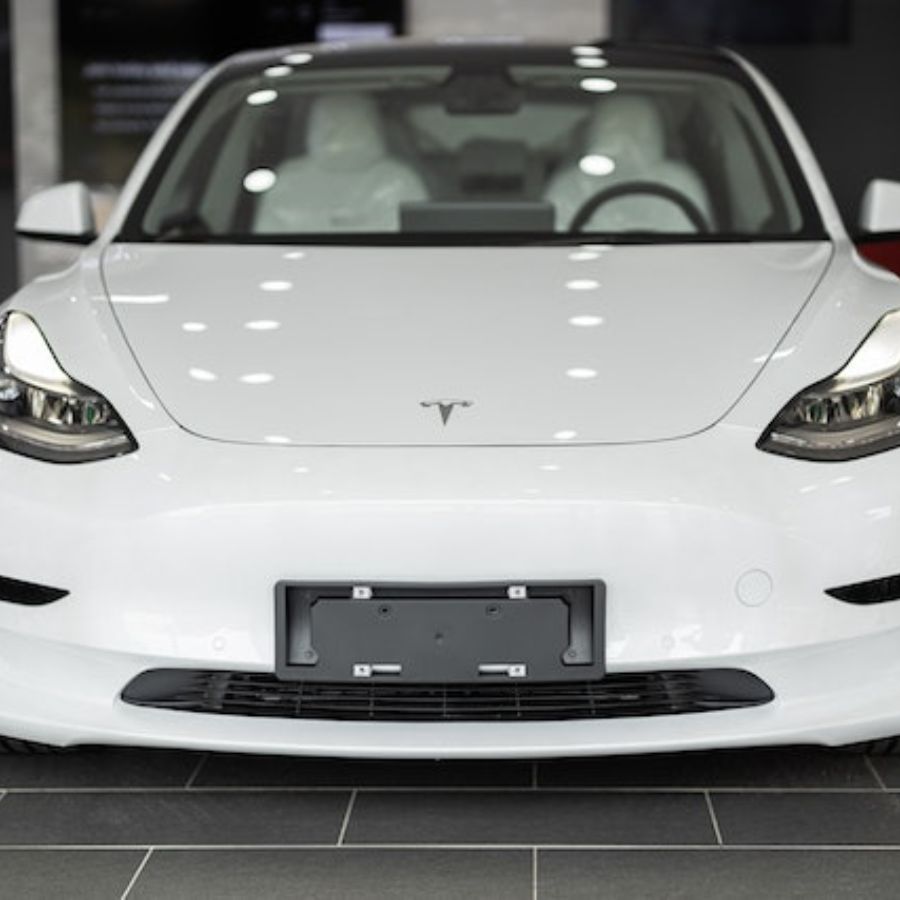With the increasing popularity of electric vehicles (EVs) worldwide, Canada has witnessed a surge in adopting sustainable transportation. As more Canadians embrace the benefits of electric cars, the demand for efficient and environmentally friendly charging solutions continues to grow.
Sustainable energy sources, such as solar power, play a crucial role in powering electric vehicles. Furthermore, they help in reducing reliance on fossil fuels. Solar panels, harnessing the sun’s power, offer a renewable, clean energy solution for charging EVs. They enable drivers to reduce their carbon footprint and contribute to a greener future.
When it comes to electric vehicles, Tesla stands out as a leading brand in the EV market. Known for their innovation, performance, and extensive range, Tesla models have captured the attention of Canadian consumers. However, many Tesla owners wonder, “How many solar panels to charge a Tesla?” that’s why we are here.
This article will explore how many solar panels are needed to charge Tesla with solar panels. Moreover, it will highlight the synergy between solar power and electric vehicles.
Understanding the Energy Needs of a Tesla

Let’s delve into the energy requirements of Tesla EVs to help us determine how many solar panels are needed.
Overview of Different Tesla Models
Tesla offers a range of models, each with unique features and energy consumption characteristics.
Whether you own a Tesla Model S, Model 3, Model X, or Model Y, understanding the energy needs of your specific model is crucial. In addition, it helps when considering solar panel integration for charging.
Factors Influencing the Energy Requirements
Several factors influence the energy requirements of a Tesla Model 3 or other models. Such factors include driving habits and climate conditions.
Driving habits such as acceleration, speed, and frequency of use can impact the energy the electric vehicle consumes.
Additionally, climatic factors like temperature, wind resistance, and terrain can affect the overall energy efficiency of the vehicle.
Therefore, consider these factors if you want to install solar panels for charging a Tesla with solar panels.
Importance of Knowing the Battery Capacity
Knowing the battery capacity and average energy consumption of your Tesla is essential for effective solar panel integration.
Tesla’s battery power is typically measured in kilowatt-hours (kWh), indicating the amount of energy it can store.
By understanding your Tesla battery capacity and average energy consumption, you can accurately determine how much energy you need to generate from your solar system. The power should be enough to meet your charging needs.
It is worth noting that Tesla vehicles have varying battery sizes across different models. The sizes range from approximately 50 kWh to over 100 kWh.
Again, the larger the battery, the more energy it can store and utilize for driving.
Furthermore, the average energy consumption of a Tesla can vary depending on various factors. Those factors are driving style, speed, weather conditions, and additional features such as climate control.
You can make informed decisions by monitoring your Tesla’s energy consumption patterns and understanding its battery range. In addition, you can decide about the size and efficiency of the solar PV system required to charge your electric car effectively.
Calculating the Number of Solar Panels Required
Determining the Daily Energy Consumption of a Tesla EV
To determine the number of solar panels needed to charge your Tesla effectively, it is crucial first to understand the daily energy consumption of your electric vehicle.
By examining your Tesla Model 3 energy usage, you can estimate the energy required for a full charge.
Start by referring to your Tesla electric car specifications or user manual, which typically provides information on the average energy consumption per mile or kilometer.
Multiply this figure by the daily distance you usually drive to obtain an estimate of your daily energy consumption.
For example, if your Tesla Model 3 consumes an average of 0.25 kWh per mile and you drive approximately 30 miles daily. Your estimated daily energy consumption would be 7.5 kWh (0.25 kWh/mile x 30 miles).
Estimating the Average Solar Energy Production Per Panel
The next step is to estimate the average solar energy production per panel.
Solar panel efficiency plays a significant role in determining the amount of electricity generated.
Solar panels’ rating happens in terms of their peak power output, the maximum amount of electricity they can produce under ideal conditions.
On average, solar panels have an efficiency range of 15% to 20%.
Let’s consider an example using a conservative estimate of 15% efficiency. If you have a 300-watt solar panel, its average daily energy production would be approximately 1.8 kWh (0.3 kW x 6 hours x 0.15 efficiency).
Calculating the Number of Panels Needed
With your Tesla electric car’s estimated daily energy consumption and the average solar energy production per panel, you can now calculate the number of panels needed. That is panels that can match your vehicle’s energy demand.
Divide your Tesla’s daily energy consumption by the average solar energy production per panel to determine the number of panels required.
Continuing with our example, if your Tesla electric car consumes 7.5 kWh daily and each solar panel produces 1.8 kWh, you would need approximately five solar panels (7.5 kWh / 1.8 kWh). The five solar panels can meet your Tesla’s energy demand.
Frequently Asked Questions
Can You Charge a Tesla Car With Solar Panels?
Absolutely! Charging a Tesla car with PV panels is possible and an excellent way to utilize renewable energy for sustainable transportation.
By installing PV panels on your property, you can harness the sun’s power and convert it into electricity to charge the Tesla with solar panels.
This solar-powered charging solution reduces your reliance on the grid and minimizes your carbon footprint while enjoying the benefits of driving an electric car.
What Size Solar Panels to Charge Tesla?
The size of the solar panels needed to charge a Tesla Model 3 depends on various factors, such as the Tesla model, energy consumption, and charging requirements.
A Tesla can consume around 25-35 kWh of energy daily, considering typical driving habits.
It is essential to consider their wattage and efficiency to calculate the appropriate size of solar panels.
Solar panels typically range from 250 watts to 400 watts per panel.
Consulting with a solar installation professional can determine the optimal size and number of solar panels based on your specific Tesla model and energy needs.
How Many Watts Does It Take to Charge a Tesla?
The number of watts required to charge a Tesla with solar panels depends on several factors, including the battery range of the Tesla model and the desired charging speed.
For example, a Tesla Model 3 Long Range with a 75 kWh battery would require approximately 11,000 to 17,000 watts (11-17 kW) to charge from 0% to 100% capacity, depending on setting efficiency and conversion losses.
However, it’s important to note that charging speeds can vary depending on the charging equipment used, such as a standard Level 1 charger (1.4-2.4 kW), a Level 2 charger (7-19 kW), or a high-power Supercharger (up to 250 kW).
It’s recommendable to consult the Tesla Model 3 user manual or a certified electrician to determine the appropriate charging equipment and wattage required for your specific Tesla model.
Can a Powerwall Fully Charge a Tesla?
While a Tesla Powerwall can provide backup power and store energy from solar panels, it cannot fully charge a Tesla vehicle.
The Tesla Powerwall is primarily intended for home energy storage, allowing you to store excess solar energy generated during the day for use during nighttime or a power outage.
It can provide limited power for household appliances and devices, but charging an electric vehicle, notably a Tesla, requires a higher energy demand.
A combination of solar panels, the electrical grid, or a dedicated solar EV charging station is recommendable to charge a Tesla fully.
The Powerwall can supplement the charging process by utilizing stored solar energy during peak usage or when grid power is unavailable.
Can You Charge a Tesla Electric Vehicle with Portable Solar Panels?
Yes, charging a Tesla electric vehicle with portable solar panels is possible, although one must remember some considerations.
These PV panels, also known as solar chargers, can provide a convenient way to harness solar power and charge your Tesla on the go.
These compact and lightweight panels are designed for portability and have a built-in charge controller and connectors compatible with various electronic devices.
However, it’s important to note that charging a Tesla with portable solar panels may take longer than using a dedicated solar panel system or a high-power charging station.
You can determine how many panels are needed by referring to the above section on calculations.



Leave a Reply